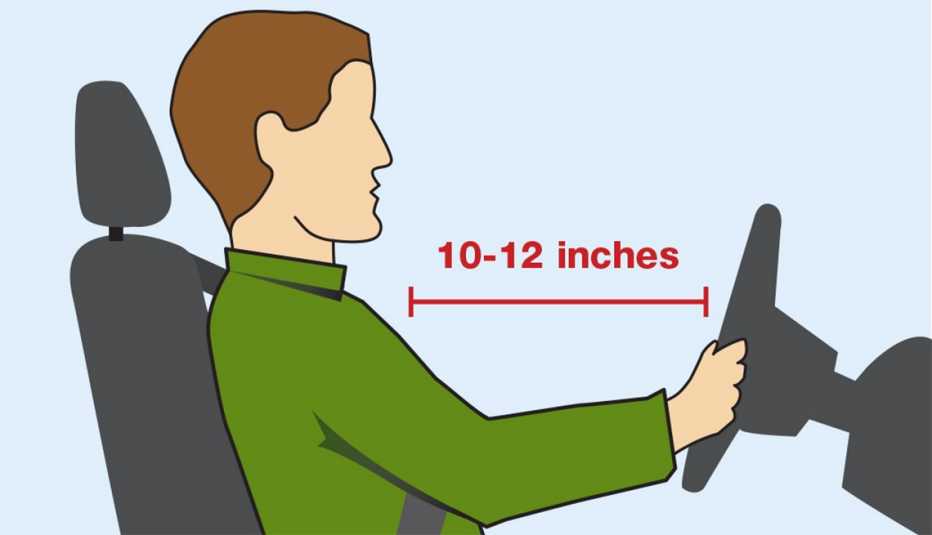AARP Hearing Center


Since 1999, all cars have airbags, which help save lives. A seat belt is not enough to totally protect a driver in case of impact. Airbags provide a cushion from the impact of a car’s hard interior surfaces to reduce death and injury.
Driver airbags have reduced driver deaths by about 14 percent, and passenger airbags have reduced deaths by 11 percent. Airbags and seat belts are more effective together in keeping occupants safe.
- Keep at least 10 inches between your chest and the center of the steering wheel.
- In some vehicles an on-off switch allows a front airbag to be turned on and off. This switch can be installed for eligible drivers and passengers. Drivers who cannot keep 10 inches between themselves and the steering wheel, or who have certain medical conditions, may be eligible for an on-off switch installation. Consult your local automobile dealership for details.
- Newer vehicles have adaptive front airbag systems that gradually adjust the pressure as the bag inflates. The force of the inflation depends on several factors, including the vehicle’s speed at impact and whether the passenger is belted or small.
- Side airbags are also available on most new vehicles and many older ones. Since many crashes involve side impacts, these airbags are essential to prevent injuries and deaths.




























































More From AARP
Getting the Right Fit With Your Vehicle
Learn to configure your car to meet your needs. Read these and other driver safety tips from AARP’s Driver Resource Center.Adjusting Car Restraints
Avoid neck injury using these simple guidelines